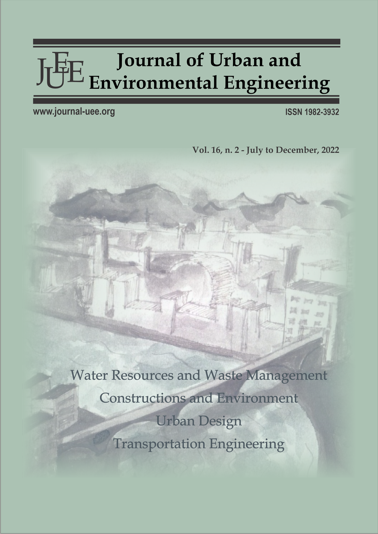EFFECTS OF PAVING MATERIALS ON THERMAL PROFILE OF OUTDOOR SPACES IN MEDITERRANEAN CONTEXT: CASE OF JIJEL, ALGERIA
Abstract
Ensuring acceptable comfort conditions in quality outdoor spaces is nowadays one of the major concerns of urban design. Various paving materials contribute to this quality. Several studies have examined their optical and thermal properties, but few of them have addressed the negative impacts of a random choice of these materials on the thermal profile, especially in Jijel on the southern shore of the Mediterranean. This study aims to highlight the paving material’s contribution to the emergence of microclimates that are not always favorable to users. The thermal environment of two outdoor spaces with different paving materials was simulated and evaluated using the physiological equivalent temperature index through the RayMan model. The simulation results, validated by measurements and a questionnaire survey conducted in winter and summer 2019, revealed large variability in air temperatures for the studied paving materials. Air temperatures do not systematically follow the surface temperature profile, let alone the corresponding sky opening factors. Slate recorded the highest surface temperature (50.3°C), with a difference of up to 14.8°C from marble. Grassed surfaces and shade dampened the impact of radiation three times more than tiled surfaces. The peak air temperature (33 °C) is recorded for the tiled surfaces. It is reduced by 1°C for grassy surfaces and by up to 3.1°C for marbled surfaces. These results can therefore alert decision-makers to the need for an appropriate choice of paving materials for outdoor spaces that can favorably impact their thermal profile.




